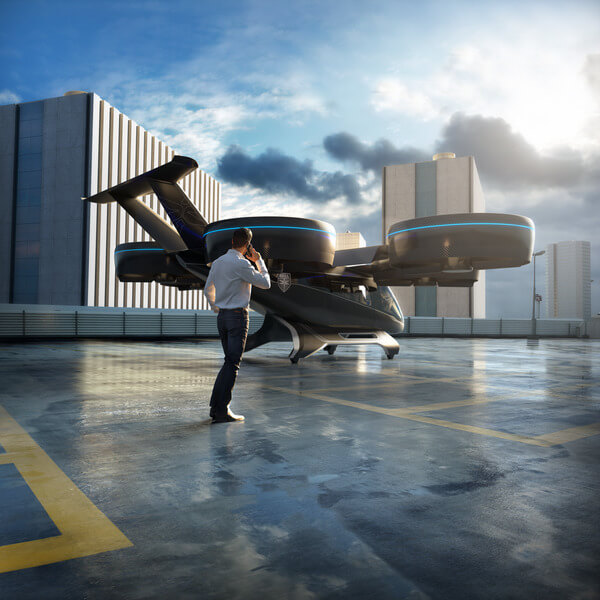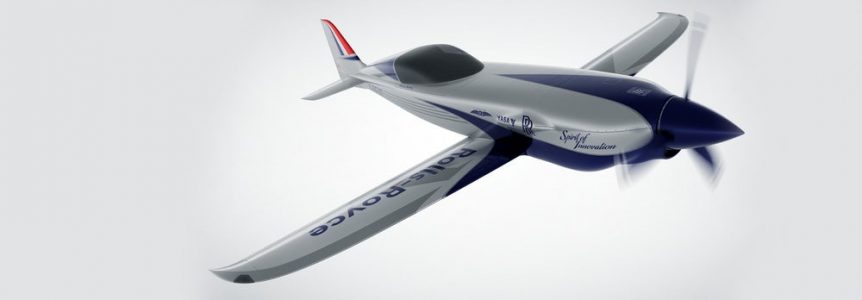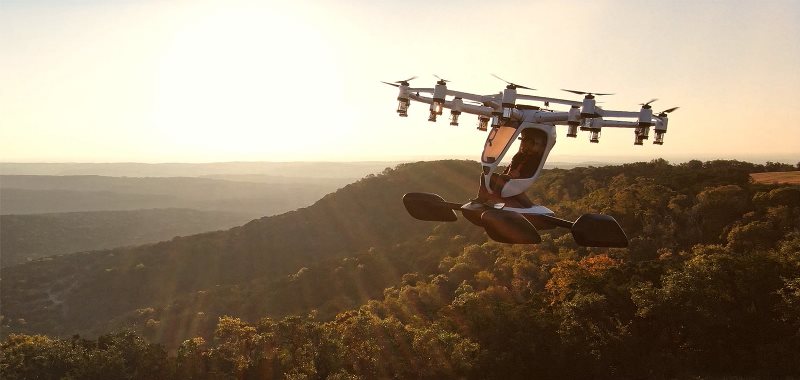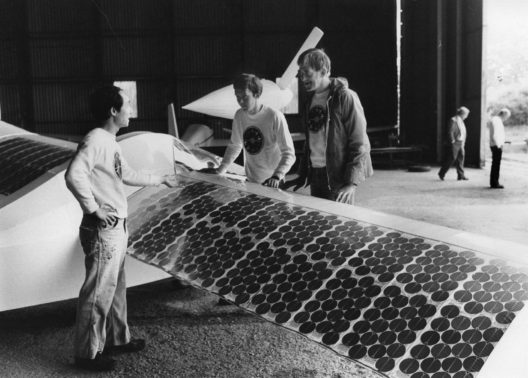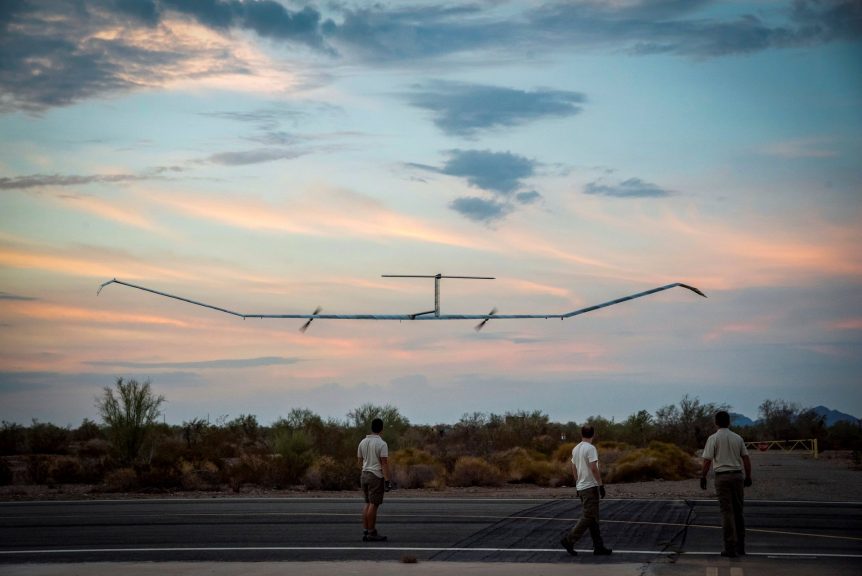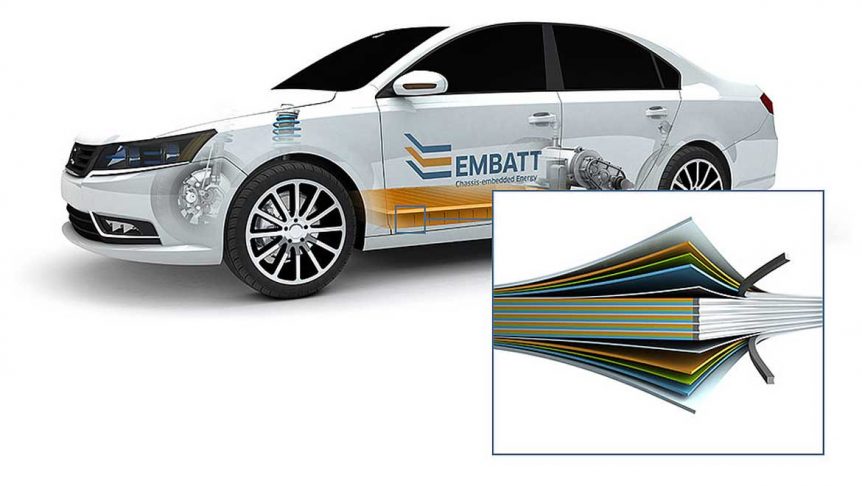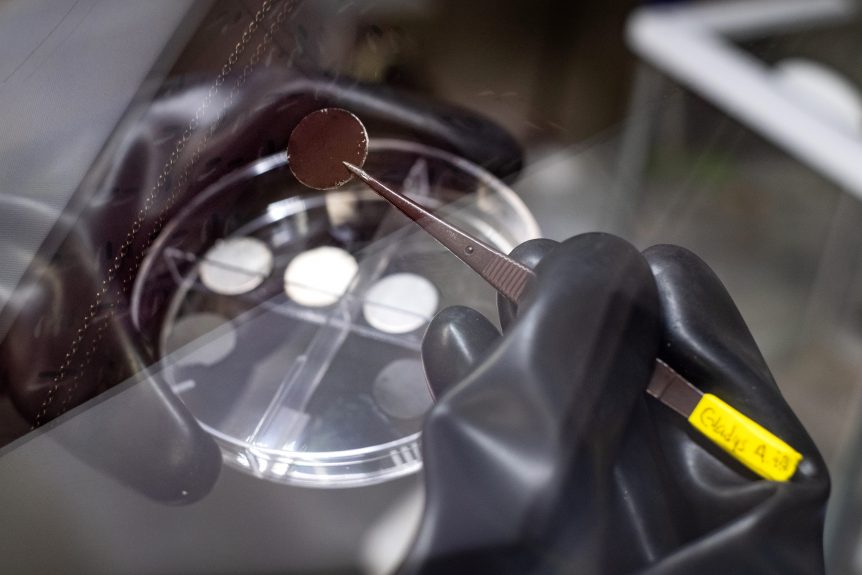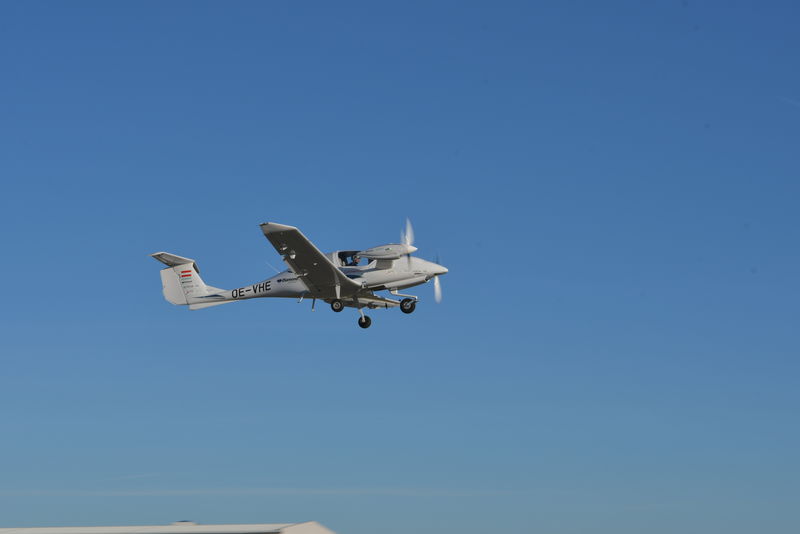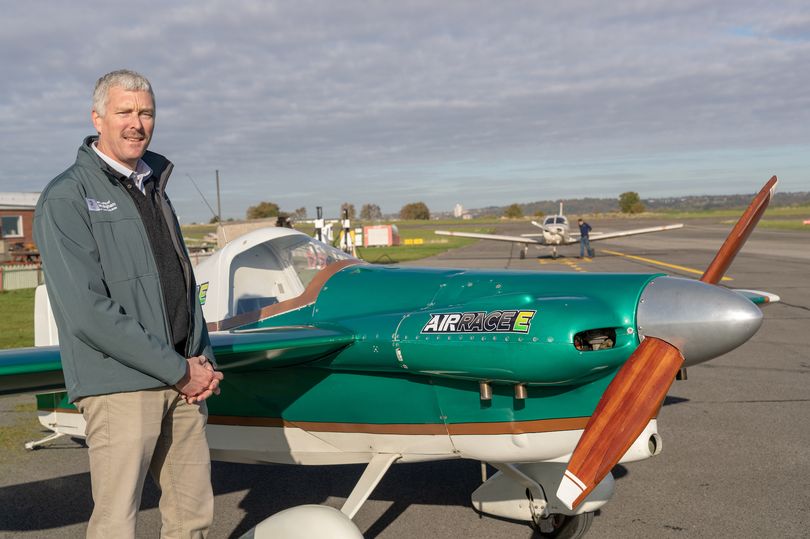This year’s Consumer Electronics Show (CES) had over 4,500 exhibitors, and one major aircraft company showing off its Bell Nexus sky taxi and its Autonomous Pod Transport (APT). Fast Company reported that three major trends emerged: the thousands of devices that link to “virtual assistants” such as Alexa (28,000 apps), the introduction of a slew of Apple products, and the changes in transportation new technology will bring. Fast Company noted, “This long-term–and wildly futuristic–strategizing was on full display at CES. For starters, the Uber partner Bell showed off a second-stage concept of its flying car that both companies swear they will begin testing in 2020. (This has been on the docket for a while.) A full-scale model on the CES floor promised to fly five people at speeds reaching 150 mph. Of course, it didn’t actually fly, but it’s being taken seriously for an important reason: Bell is an established aircraft developer that makes the propulsion technology behind the V-22 Osprey (the crazy-expensive military helicopter …
Rolls-Royce ACCEL Program Goes For the Gold
Rolls-Royce’s ACCEL program and a consortium of partners want to create the world’s fastest electric airplane. The concept has a recent series of predecessors, and a fascinating tie to an American speed champion. About five years ago, something called the TEACO (The Electric Aircraft Company) Bat, a formula 1-type raceplane powered by an electric motor, generated a great deal of interest. It initially housed a single 80-horsepower electric motor, but once affiliated with Williams Engineering; the project added a twin-motor unit on a set of sleeved parallel shafts swinging contra-rotating propellers. Now, a partnership led by Rolls-Royce seems to have added a third motor, with all three singing in unison to drive a three-bladed propeller. The airframe is new, too, comprising a shape that looks a great deal like the U. S racing champion, Nemesis NXT. Powered by a Lycoming IO-540 engine that airplane set a world speed record of 397.40 mph at the Moriarty Airport in Moriarty, New Mexico …
One on the Ramp, One on the Computer, and one Bent Tube Propulsor
With over 125 electric vertical takeoff and landing aircraft in various stages of design and even flight test, we thought we would check in on three interesting prospects. The Lift Hexa Lift Aircraft of Austin, Texas promotes its 18-rotor single seater as, “THE WORLDS FIRST PERSONAL FLYING EXPERIENCE FOR EVERYONE.” Looking a great deal like a skinny Volocopter, the Hexa shares many of its design attributes. It’s “… triply redundant autopilot computer with a single, 3-axis joystick is all that is needed to fly. Or tap on the seven inch touchscreen in “Look mom, no hands!” mode.” According to the firm’s web site, one can learn to fly Hexa with a few hours on a flight simulator and a brief session of personal instruction. If things go wrong, Hexa can maintain flight with six motors out. Airbags and a ballistic parachute will provide a rescue. The four perimeter floats that comprise the landing gear will help soften any impact, as well as enable amphibious …
Look What Fred To Started!
forty years ago today, Fred To’s Solar One flew the length of the runway at Lasham Airfield in Hampshire, England, solely on the energy derived from the weak winter illumination and stored in a small set of ni-cad batteries.. With his partner David Williams, he had built the wooden, model-aircraft-like structure in a farm building, visited by the farm’s horses and pigs. The airplane went on to be displayed at various airshows, and Fred went on to build an inflatable 100-foot-span flying wing that was the first to use “fly-by-wire” technology. His inventiveness and design skills have informed many projects, as we reported in our November 2018 report on the award ceremony Fred recently attended. In short form, much has happened since then. Larry Mauro flew his Solar Riser ultralight at Flabob Airport, California on April 29, 1979. Much like Fred, who had limited funds, Larry could could install only 350 Watts of solar panels on his wing, a limitation …
Simulations May Stimulate Better Hybrids
Phillip Ansell, assistant professor in the Department of Aerospace Engineering in the College of Engineering at the University of Illinois explains the benefits and downsides of fossil fuels. “Jet fuel and aviation gasoline are easy to store on an airplane. They are compact and lightweight when compared to the amount of energy they provide. Unfortunately, the actual combustion process is very inefficient. We’re harnessing only a small fraction of that energy but we currently don’t have electrical storage systems that can compete with that.” Ansell and colleagues are striving to use simulations to increase the range of hybrid aircraft. Batteries provide their own set of problems. He explains that adding more batteries to go farther may have a certain logic, for example, but increases weight – a big detriment. “That’s one of the big barriers we run into when designing battery-powered electrified aircraft. The current technology has very significant range disadvantages. But strong fuel-burn advantages.” eVTOL News recently noted that over …
Amprius’ Silicon Nanowire Batteries Fly – For 25 Days
Sunnyvale, California-based Amprius kept a low profile for several years, despite its founder, Yi Cui, being a leading light in battery development. Their December 4th press release, though, finds the company to be in a more open mood, their advanced lithium-ion cells with 100-percent silicon anodes having flown Airbus’ Zephyr High Altitude Pseudo Satellite (HAPS) for over 25 days, “setting a new endurance and altitude record for stratospheric flight.” This milestone represents a great leap forward since Alan Cocconi flew his So Long solar-powered model for 48 hours, the first of many projects of which he would be an integral part, and the first solar airplane to fly overnight. He worked on the General Motors EV1 and Eric Raymond’s Sunseeker 1 – just a small part of the automobiles and aircraft which he would help create or refine. Your editor first saw Cui at an early electric aircraft symposium nine years ago. Cui discussed the benefits of developing silicon anodes …
EMBATT and the FAB Four
No, it’s not the discovery of an unknown Richard Lester film*, but the impending prototype manufacturing collaboration for a battery that promises 450 Watt-hours per liter. Four heavy-hitters in German industry plan on making (fabricating) the flat-panel EMBATT battery into a reality – with all speed. thyssenkrupp System Engineering GmbH, IAV GmbH, Daimler AG, and Fraunhofer IKTS (Institute for Ceramic Technologies and Systems) have teamed up for the “EMBATT-goes-FAB” project sponsored by the Federal Ministry for Economic Affairs and Energy. thyssenkrupp specializes in planning, designing and implementing production lines for cylindrical, pouch, and prismatic batteries, and will apply that expertise to the new format. IAV provides engineering and consulting services to auto makers worldwide, and has a depth of knowledge in battery development. Daimler, of course, would have testbeds ready in car or truck size, and would have a vested interest in seeing batteries that can promise 1,000 kilometer (620 mile) range for their vehicles. Fraunhofer explains the relevant technology …
Rice Defeats Dendrites
Dr. James Tour of Rice University makes news regularly with different ways of making better batteries. His latest, a thin-film coating of carbon nanotubes, will enable lithium metal batteries to potentially achieve their full potential. According to the Tour Laboratory, that potential is worth considering. “Lithium metal charges much faster and holds about 10 times more energy by volume than the lithium-ion electrodes found in just about every electronic device, including cellphones and electric cars.” This promise is offset by problems with dendrite growth, the intrusion of tooth-like projections from the surface of the anode metal. If these growths expand far enough, they poke through the battery’s electrolyte and severely limit battery life. Worst of all, if the dendrites reach the cathode, they short out the battery, and possibly cause thermal runaway and fires. Tour and his student researchers have found that coating the lithium metal electrodes with a thin layer of carbon nanotubes keeps dendrites under control, and allows …
The Diamond/Siemens Hybrid Test Bed
One should follow Dr. Frank Anton’s Twitter account – or at least check it occasionally. Dr. Anton is head of Siemen’s Electric Aviation Division and posts new developments regularly. Siemens is supplying motors to Diamond Aircraft’s prototype hybrid, a tidy tri-motor if you count the engine/generator in the nose of the formerly single-engine airplane. Partnered with Austria’s Diamond Aircraft Industries GmbH, Siemens motors powered an adaptation of their DA40 four-seat airplane. A Diesel engine/generator in the nose of the formerly single-engine machine charges two 12-kilowatt batteries behind the passenger compartment and provides power to the two Siemens motors on the canard. The whole thing looks a bit like a large economy-size Cri-Cri. Started in 2013, the project is under the supervision and finance of the Bundesministerium für Wirschaft und Energie (BMWi, German Ministery of Economics) and the Forschungsförderungsgesellschaft GmbH, FFG (Society for the development of the research, Austria). The project has been split into two main work packages. Siemens AG …
Richard Glassock, Jeff Zaltman and Air Race E
Richard Glassock and Beacons of Excellence Richard Glassock is an Australian scholar and designer currently living in Nottingham, England, working as a Professor at the University of Nottingnam. One if the founding lights in the Outback Joe competions, in which teams launched autonomuous aircraft into remote parts of Australia to find the eponymous character and deliver aid, he was on the forefront of things to come. Later, he designed a twin-motored sailplane to take parties of six or eight to cloudbase, a perfect outing for kid’s parties or adult’s anniversary celebrations. He was part of a team that designed a modern hybrid parachute jump plane, optimized for rapid turnarounds. His motorcycle range extender would enable a pilot to ride to the airport in style, and when connected to an electric or hybrid aircraft, provide long range – and at the end of the flight – a ride home. Not only a professor, Richard is project lead for this Beacon of …

